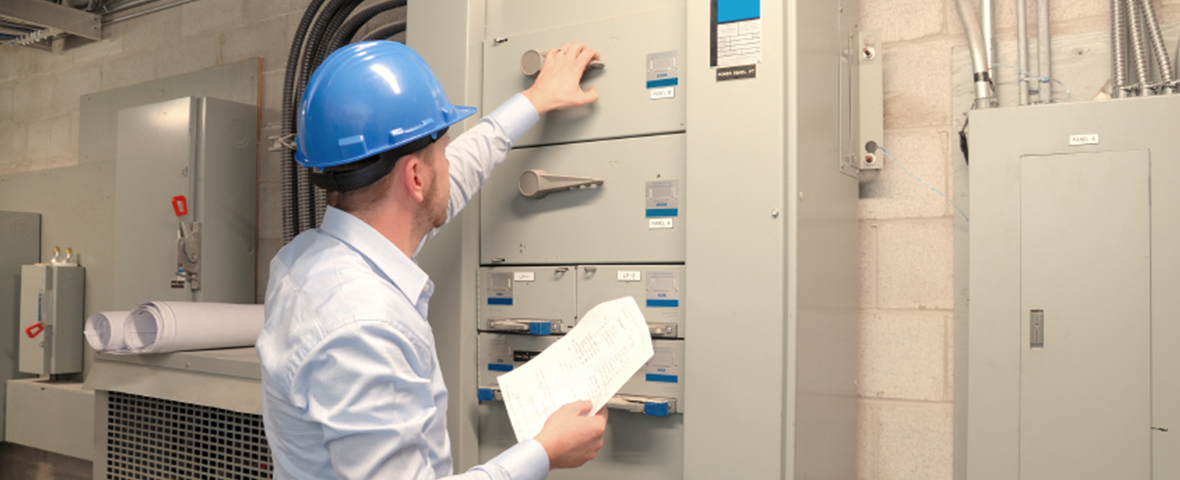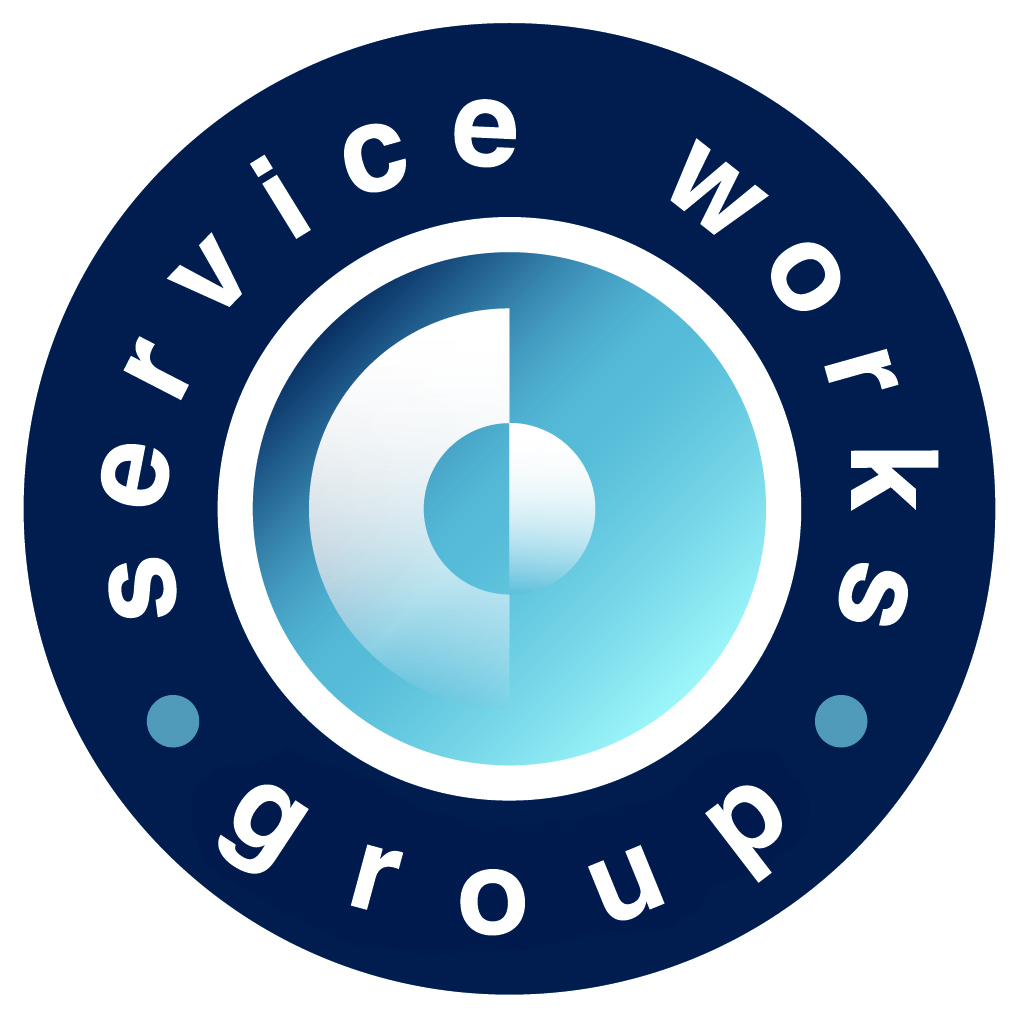The initial cost (the capital outlay) of purchasing an asset only represents a small proportion of its total cost of ownership. The operating and maintenance costs typically outweigh the initial investment many times over. HM Treasury, in its guide to whole-life costing, describes the acquisition cost as the tip of the iceberg, with the majority of the cost involved in the asset’s operational phase including staff costs, training, maintenance, operation, withdrawal from service, depreciation, disposal, renewal and rehabilitation.
Why create an asset register?
Good asset management can help in a number of ways to manage large expenditure and for this an asset register is vital. An asset register is essentially a list of an organisation’s assets and their condition and helps an organisation to ascertain what it owns or leases, the stock of that item, find out where that asset resides and who is responsible for it. The asset register can feed into an asset management system which contains information about the asset’s maintenance schedule. The organisation can plan for replacements more concisely, and it is a record for insurance claims and auditors.
Building an asset register
FM-related assets typically fall into three classes: property, fixed assets and removable assets. The asset register should typically only include details of the last two categories as property assets are likely to be kept in a separate register. An asset register can contain information including an asset’s ID number, make, model and description; location; warranty details; lease end date or disposal details where applicable.
If the building was planned and constructed using BIM technology, a list of assets and their details will be readily available in digital format and integrated with a CAFM system. This allows facilities managers to take informed decisions through the whole lifecycle of the facility around areas such as space use, floor planning, equipment and asset maintenance, energy consumption, and cost efficiencies. The asset register can be compiled from a new list or information already held but it’s important to verify details by walking the building to complete an asset survey. Information can be entered directly into the register using a tablet or other device and assets can also be tagged at this point, for example using barcodes or RFID (Radio Frequency Identification) tags. For an example of an asset register and information about the four stages of an asset’s life, please click here to request a copy of Service Works’ white paper, ‘A Guide to Effective Asset Management for Buildings & Equipment’.
Using CAFM for asset management
Asset management can be optimised through a CAFM system, which can reduce asset downtime, improve performance, extend asset life and lower maintenance costs. The whole life of an asset is managed, from initial purchase, maintenance and performance, through to asset depreciation and disposal. The software also highlights the most cost effective method of maintaining an asset (periodic maintenance, call out or complete refurbishment). Software like Service Works’ QFM can also fully automate the scheduling of reactive maintenance activities by providing automatic contractor notification, prioritising tasks and identifying repeat calls. It manages all financial information relating to reactive asset events, including job costing and invoice reconciliation to support budget management.
For more information about asset management and how CAFM software can streamline your processes, please contact Service Works on info@swg.com or 020 8877 4080.






